Health & Wellness Trends For 2023
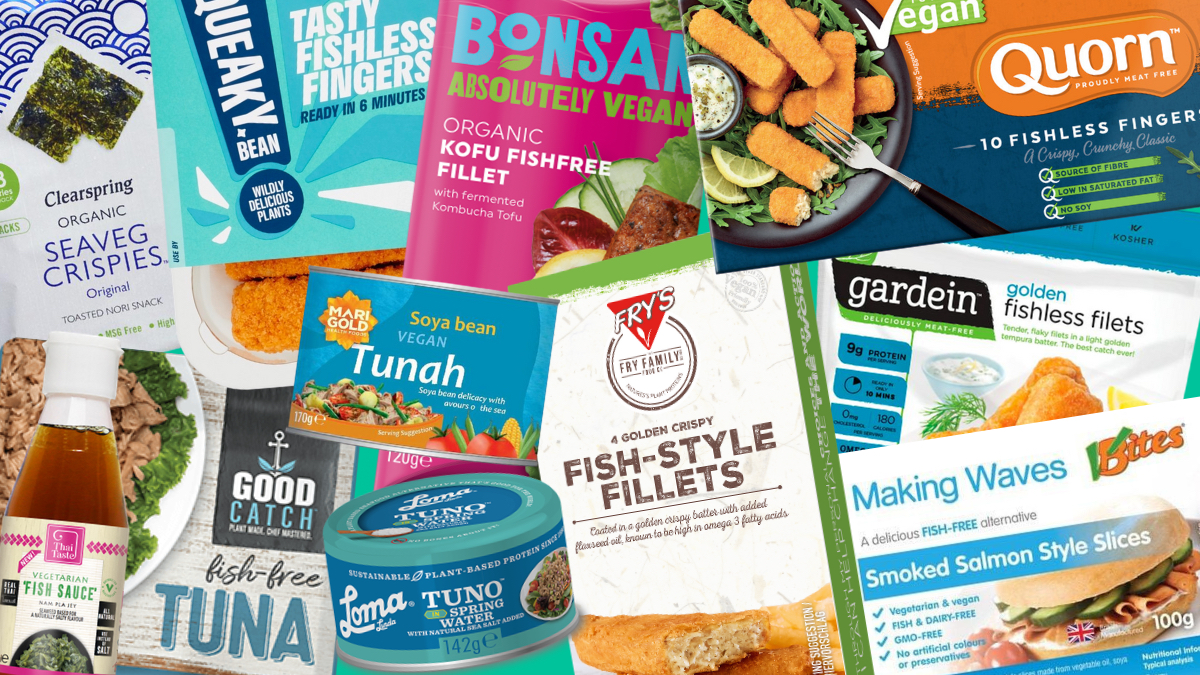
The top consumer trends that food and beverage brands should consider for the coming year
We think it’s safe to say that 2022 dealt us quite a bad hand in terms of the impact of global warming, the war in Ukraine, and a global economic crisis. Now, we don’t mean to start this blog on a sour note, however, it would be naive of us to think that the worldwide food and beverage market has been unaffected by such devastating events.
Unlike our previous health and wellness trend predictions, this year we’re going to focus on the changing wants and needs of consumers, in light of current events, and provide insight for food and beverage producers in this space to make the most out of the opportunities available to them in 2023.
According to research conducted by Mintel[1], “Consumers will increasingly reward the companies that make a difference with their loyalty in the next 10 years”. So, with this in mind, we’ve identified five areas of focus:
Let’s break these down individually and take a closer look at what health and wellness brands can be doing to meet consumer expectations in 2023, and start maximising on that all-important customer loyalty.
Add educational resources to your portfolio
Since the Coronovirus pandemic started, consumers around the world are making a conscious decision to better educate themselves about nutrition, combined with physical exercise, mental health, and general wellness.
This is expected to continue through 2030, with consumers utilising technology and data to learn about their individual needs and areas of improvement.
Companies can build on this in two ways, ahead of and throughout 2023:
For small-medium sized companies the first option may be more obtainable in terms of the funds and effort that would need to be invested.
Emma Dunstone-Brown, Founder & Chief Innovation Strategist of LaunchJuice, provides some useful guidance here:
“If you offer any type of fitness or wellness product, consider adding nutrition education to your offerings. You can do this by hiring a qualified nutritionist to teach classes or workshops, or even creating your own educational materials. Knowledge is empowering to consumers but it is often confusing to know where to go and which sources of information to trust.”[1]
Providing educational, science-backed resources will help to build customer loyalty in your brand and products.
Not only will this support your existing customer experience, but it can also help to draw in new clientele in 2023. Incorporating nutrition education in a strong SEO and social media strategy can boost lead generation and new sales, and who doesn’t want that?!
If the budget allows, developing your own mobile app can be another fantastic format to share your educational resources. And, if developed with a data-collection partner, will enable you to get to know your customers on an individual level. A great source for developing new, engaging content that consumers want to read.
UK-based Holland & Barrett does this really well in the form of The Health Hub which makes up part of their online store. As well as nutrition education, Holland & Barrett has collated a huge array of resources around and health and wellness that is not only supported by science, but is accessible for all consumers. A fantastic example of how your brand could do the same in 2023.
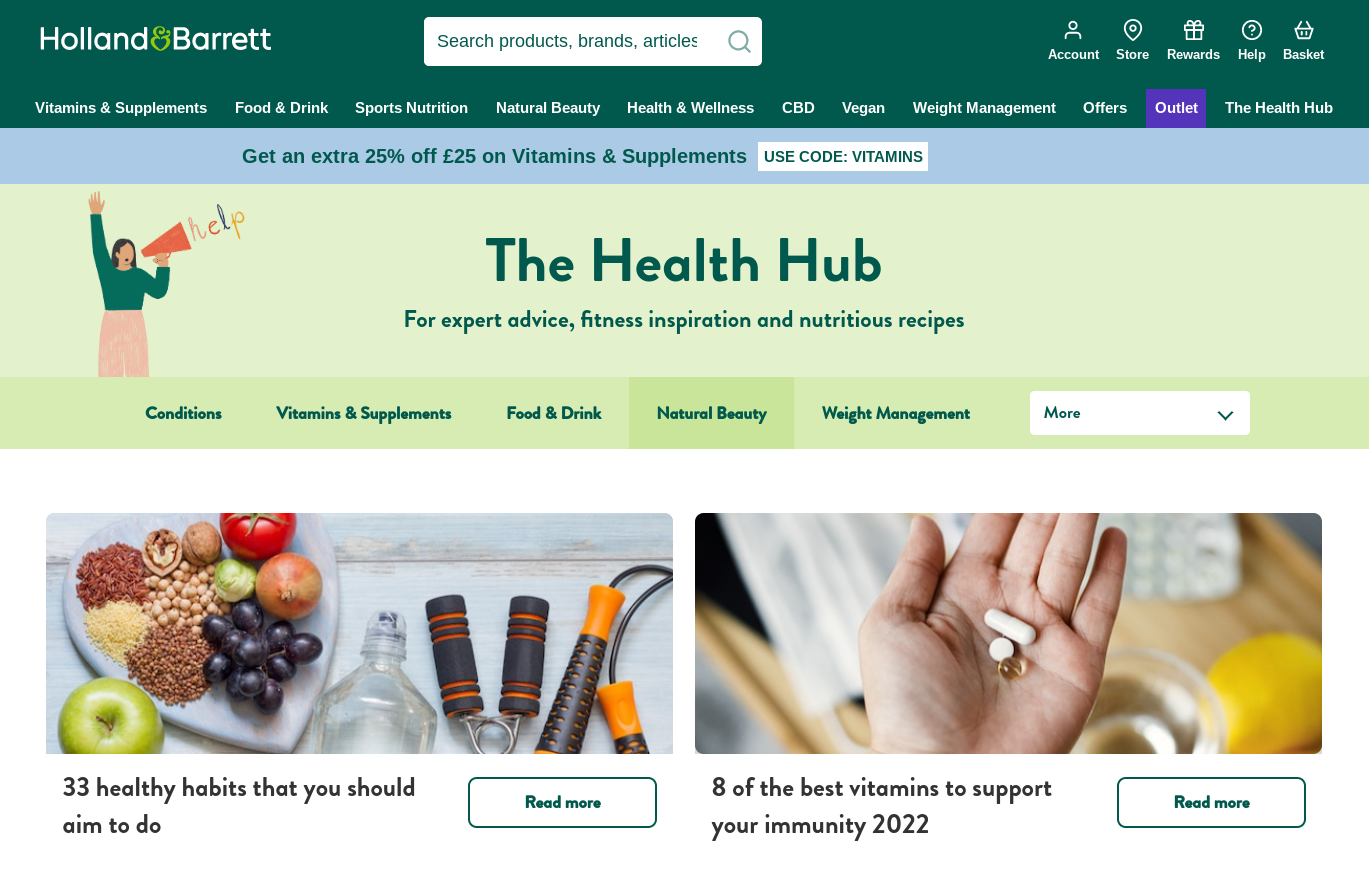
Make it easy for consumers to understand your products
Given the fact that consumers are arming themselves with the information they need to make more informed decisions about the food they eat, they are now demanding that manufacturers provide clean labelling on products.
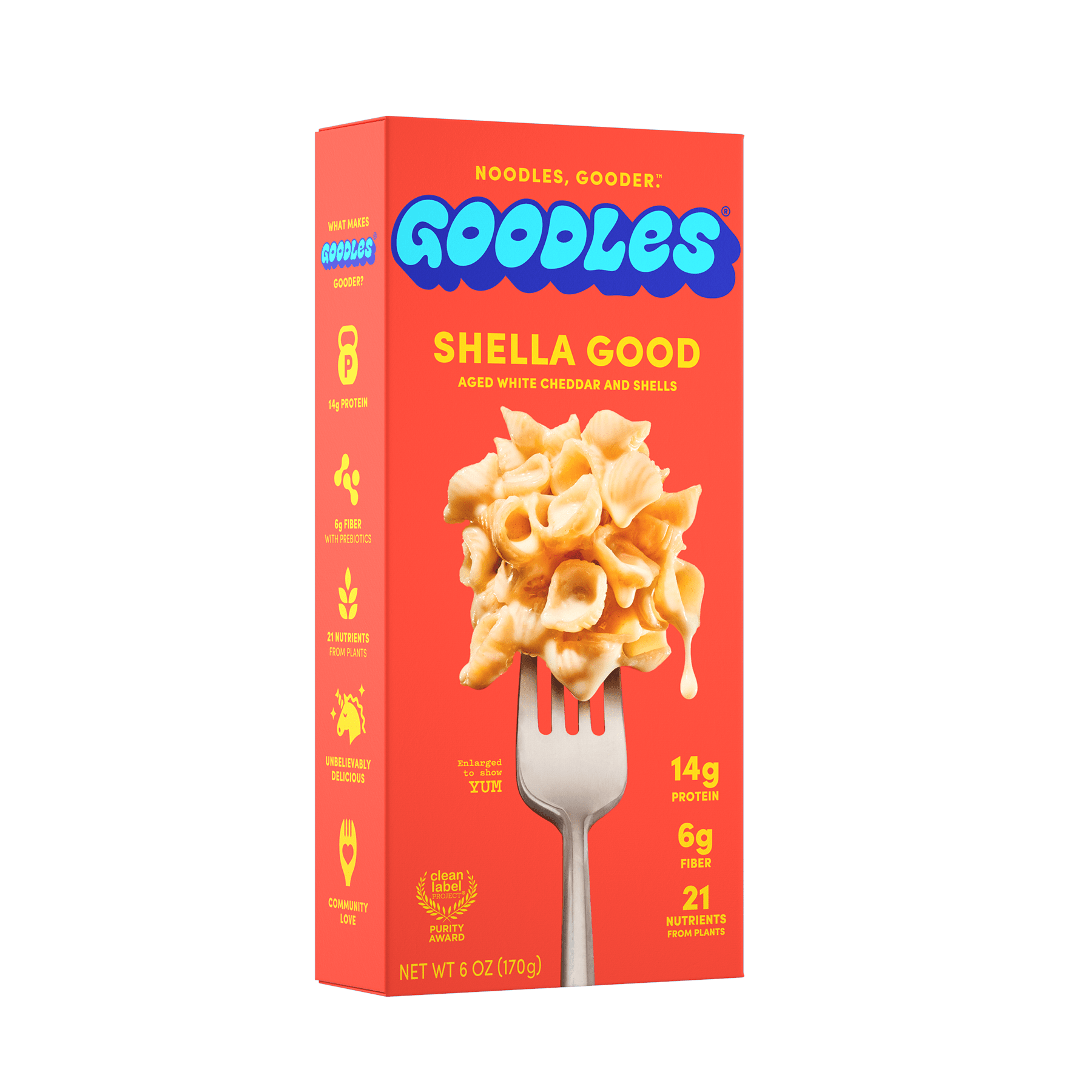
Not only does clean labelling impact ingredients, it also covers consumers’ interest in learning where their food comes from and how it is produced. For example, research company Spoonshot has noted an increase in the number of meat products that are highlighting attributes such as the animals being grass fed, antibiotic free and grown on regenerative agriculture on their packaging.[1]
Not only does clean labelling impact ingredients, it also covers consumers’ interest in learning where their food comes from and how it is produced. For example, research company Spoonshot has noted an increase in the number of meat products that are highlighting attributes such as the animals being grass fed, antibiotic free and grown on regenerative agriculture on their packaging.[1]
At first, it might be difficult for food and beverage companies to implement clean labelling, but 2023 is the perfect time to start, and potentially get ahead of the competition.
Brands like Goodles, True Elements and Madhava are great examples of how food producers can work towards clean labelling over the coming months.
Since consumers’ expectations are high in this area, demand will drive manufacturers to provide clean labels for all products. It’s likely that clean labelling will be a prerequisite for food and beverages in the very near future. Definitely something to consider as we head towards a new year.
If you’re interested in learning more about clean labelling, and the brands that are being awarded for their commitment in this area, check out the Clean Label Project.
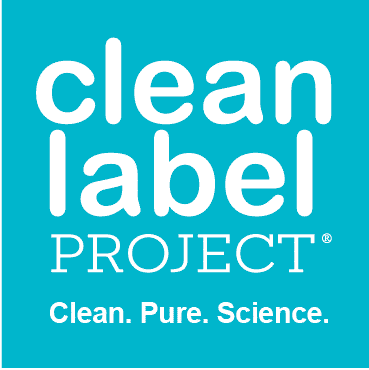
“The industry will be compelled to elevate the role of nature, and humans, in the storytelling of these new, modern solutions.
Transparency of information is essential to building trust in a future where scientists play as integral a role as farmers.
And championing the people behind the food—whether it is grown in a laboratory or a field—will remain a timeless way of building trust with consumers”
Alex Beckett
Associate Director, Mintel Food & Drink
Invest in regenerative agriculture
Global temperatures reached an all time high in 2022, resulting in failed crops, shortages in water, and poor soil quality. It’s highly likely that we won’t truly see the impact of this until 2023 when supply chains may stall or fail.
We’ve already seen such issues in Ukraine where damage to wheat and grain fields have resulted in poor harvests as a result of the on-going conflict.
According to research conducted by Mintel[1], by 2030 consumers will be more invested in agriculture, the challenges faced, the alternatives available, and the overall impact on the quality of the food and drinks they buy.
“Regenerative agriculture is a conservation and rehabilitation approach to food and farming systems. It focuses on topsoil regeneration, increasing biodiversity, improving the water cycle, enhancing ecosystem services, supporting biosequestration, increasing resilience to climate change, and strengthening the health and vitality of farm soil.”[1]
Regenerative agriculture is one area that food companies are starting to focus on, including mentioning this on their packaging. This is something that companies of any size can start looking into in 2023 with the goal of establishing new, sustainable processes for the future.

Global powerhouse Danone has committed to use only ingredients sourced from regenerative agriculture by 2025[1], whilst smaller businesses are making it part of their mission from the get-go
Two US companies which are setting a great example for the future are Alpha Food Labs and PivotBio who have launched successful snack brands that focus on crop rotation and use of non-synthetic nitrogen fertiliser respectively.
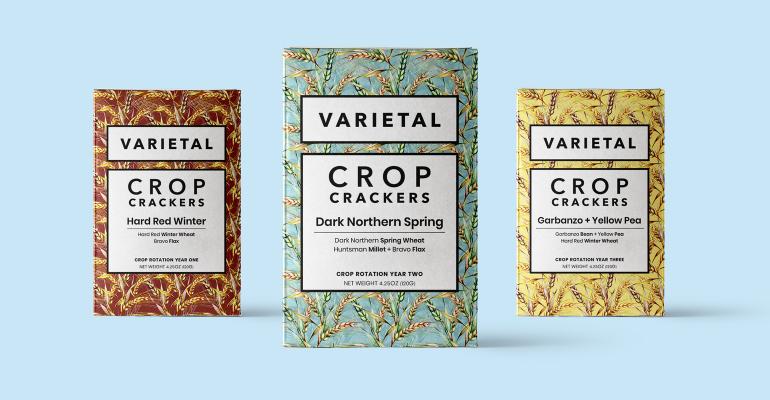
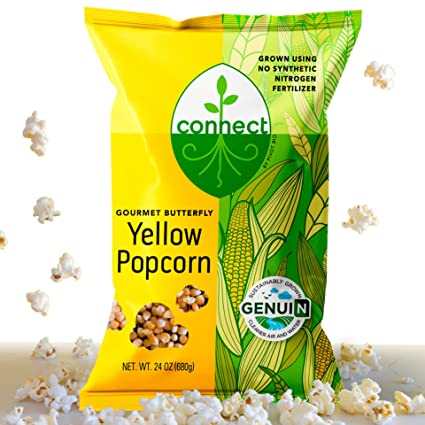
Urban farming methods are also starting to gain consumer interest including indoor vertical farming, aeroponic and hydroponic farming methods, and even floating farms like Floating Farm Rotterdam.
Develop alternative fish products to reduce farming
We’ve talked about the growing demand for plant-based alternatives to fish in several articles, including our vegan trends and predictions for 2022, but there is still much room for improvement. And now, time is of the essence.
Right now we’re seeing an influx in the number of people consuming fish, looking towards a ‘healthier’ pescatarian diet, but at the same time the UN estimates that 90% of fish populations are “fully used, overused or under severe threat from overfishing”[1].
“We’re looking at a very real possibility of a future with limited access to fish and seafood…It has become absolutely vital for innovation in seafood alternatives to happen now.”
Kishan Vasan
Co-founder and CEO, Spoonshot
Despite the urgency, there are few plant-based fish alternatives that have really taken off. Consumers are not satisfied with the overall textures, flavours, and nutritional value of fish alternatives

With fresh and saltwater fish populations dwindling around the world, 2023 is the year for a breakthrough brand to dominate the market. An amazing product that meets consumer taste expectations, delivers clean labelling, and provides nutrition education will be a triple-threat. We can’t wait to see what happens in this space over the next 12-months!
Promote and support gut health
In 2023 we can expect to see an increase in demand for products that are packed full of biotics providing not only great flavour, but great function.
Microbiome research conducted in recent years has taught consumers about the importance of digestive health, resulting in a 700% increase in Google searches for the term “gut health” over the last five years[1].
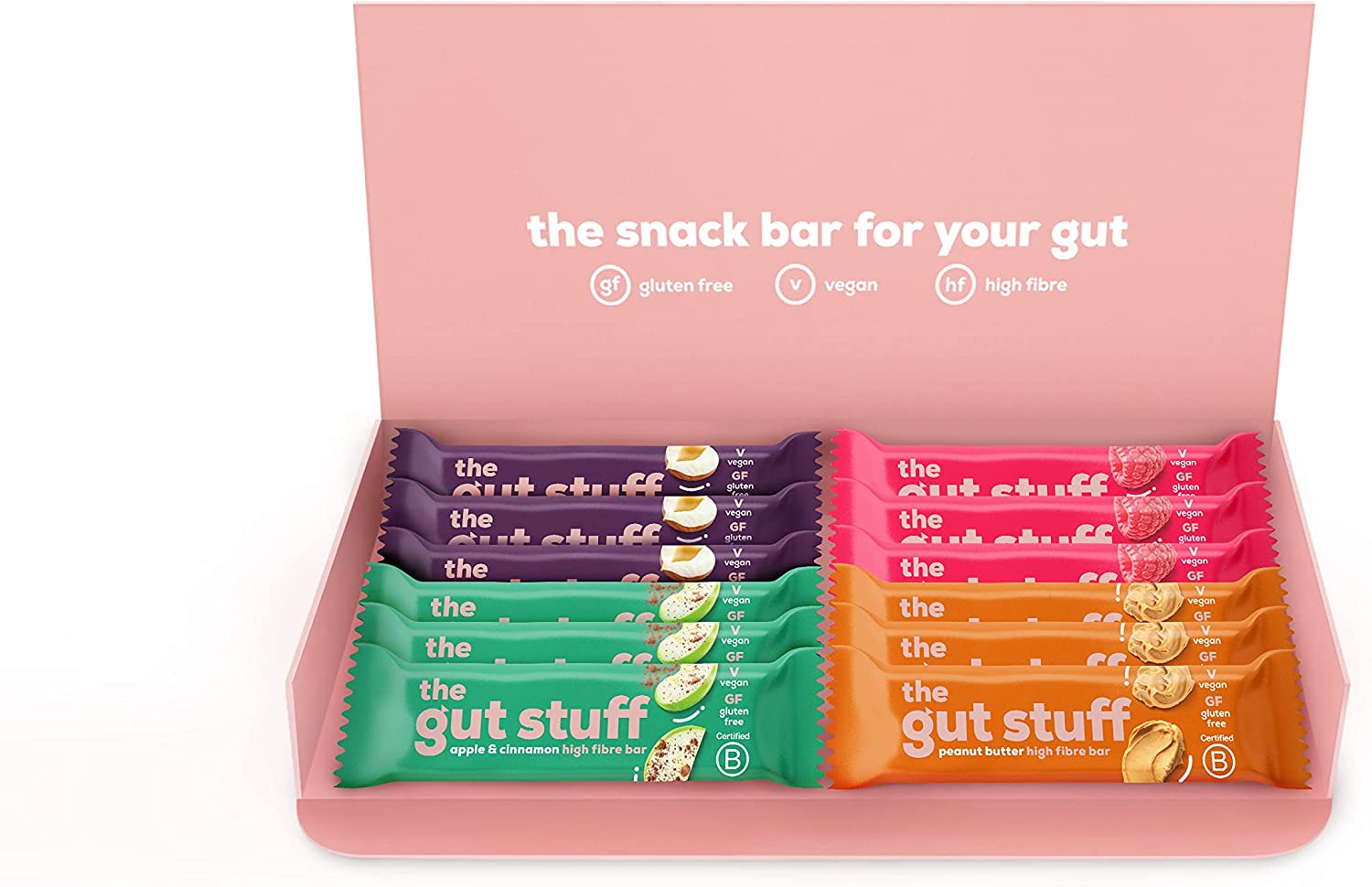
We featured functional drinks in our 2022 health and wellness trends, but as we go into the new year there will be a bigger focus on foods that deliver a variety of microbiota, dysbiosis and probiotics[1].
Consumers are on the look out for functional and fortified yoghurts, cheeses, snacks, sweet treats, and fermented foods and drinks amongst many others.
→Read more about functional foods and drinks here.
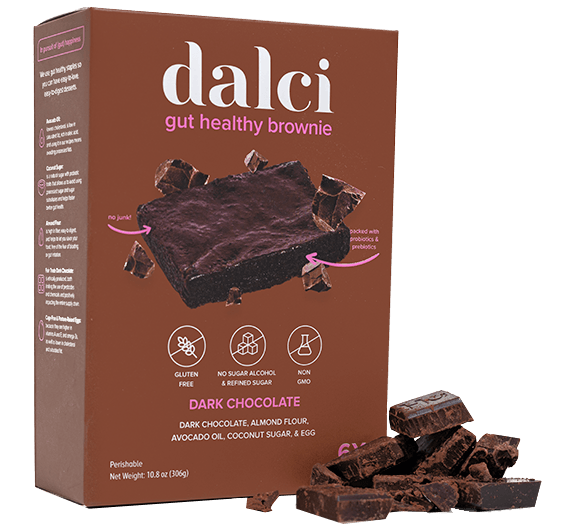
Brands that are already doing well in this space include The Gut Stuff Remedy Drinks Dalci Brownies Lavva Dairy-free Yoghurt
Definitely an interesting area for health and wellness brands to maximise on in 2023 given that there are so many options out there, and so many ways to promote a healthy digestive system. Is this something your brand could incorporate over the next twelve months?
And there we have it! Five interesting areas of focus for health and wellness brands as we head into 2023: nutrition education, clean labelling, regenerative agriculture, fish alternatives, and biotics.
Here at Bolst Global we predict that 2023 will be the year that health and wellness brands shift their focus from developing brand new products, and instead focus on the wants, needs and expectations of their customers, incorporating this into existing product lines.
From education to sustainability, brands should be listening to consumers more than ever before and planning for the future. The five trends highlighted here reflect this well and we’re super excited to see which brands embrace this over the next year.
Why not let us know your own predictions for next year or get in touch to find out how Bolst Global can help your brand reach new markets in 2023.
References
[1] https://www.mintel.com/global-food-and-drink-trends-2030
[1] https://www.launchjuice.io/top-5-wellness-trends-for-2023-and-how-to-capitalize-on-them/
[1] https://foodinstitute.com/focus/ai-predicts-3-food-trends-for-2023/
[1] https://www.mintel.com/global-food-and-drink-trends-2030
[1] https://www.mintel.com/global-food-and-drink-trends-2030
[1] https://en.wikipedia.org/wiki/Regenerative_agriculture
[1] https://www.danone.com/impact/planet/regenerative-agriculture.html
[1] https://foodinstitute.com/focus/ai-predicts-3-food-trends-for-2023/
